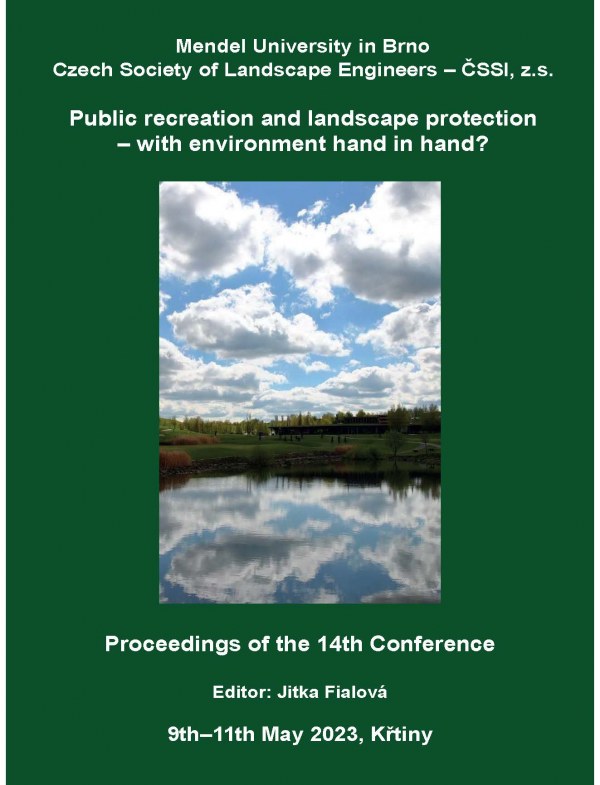
DOI: 10.11118/978-80-7509-904-4-0014
ASSESSMENT OF EXTREME LONG-TERM METEOROLOGICAL DROUGHT IN THE NORTHERN PART OF SERBIA
- Martina Zeleňáková, Milan Gocić, Hany Farhat Abd-Elhamid, Mladen Milanović, Tatiana Soľáková
Potřeba kvantifikovat a vyhodnocovat extrémní srážkový deficit se v důsledku změny klimatu zvyšuje. Dlouhodobý deficit srážek vede k rozšíření sucha do dalších sfér: hydrosféry a litosféry, a to má negativní dopady na biologickou rozmanitost (faunu a flóru) i lidské aktivity, jako je snížení výroby elektřiny, zamezení nebo vyloučení rekreačních a turistických aktivit. Tento článek se zabývá hodnocením dlouhodobého meteorologického sucha na pěti synoptických stanicích v severní části Srbska. Pro identifikaci extrémního meteorologického sucha za referenční období 1946-2021 byl vypočten standardizovaný srážkový index ve 12měsíčním měřítku. Byly vypočteny hlavní charakteristiky meteorologického sucha a relativní četnost sucha. Nejzávažnější extrémní dlouhodobé meteorologické sucho bylo zaznamenáno především v letech 1948 a 2001. Průměrná doba návratu extrémního meteorologického sucha ve studované oblasti je 11,8 roku, je však specifická pro každou stanici zvlášť.
Klíčová slova: Frequency analysis, Standardized Precipitation Index, extreme episode, meteorological drought, Serbia
stránky: 14-19, Publikováno: 2023, online: 2023
Reference
- Blain, G. C. (2012). Revisting the probabilistic definition of drought strengths, limitations and an agrometeorological adaptation. Bragantia. 71(1), 132-141. DOI: 10.15909/S000687052012000100019
 Přejít k původnímu zdroji...
Přejít k původnímu zdroji... - McKee, T. B.N., Doesken, J., Kleist, J. (1993). The relationship of drought frequency and duration to time scales. In: Proceedings of the Eighth Conference on Applied Climatology, American Meteorological Society, Boston, 17(22), 179-183.
- Mishra, K., Singh, P. (2010). A review of drought concepts. Journal of Hydrology, 391(1-2), 202-216. DOI: 10.1016/j.jhydrol.2010.07.012
 Přejít k původnímu zdroji...
Přejít k původnímu zdroji... - Sienz, F., Bothe, O. and Fraedrich, K. (2012). Monitoring and quandifing future climate projections of dryness and wetness extremes: SPI bias. Hydrology and Earth System Sciences, 16(7), 2143-2157.
 Přejít k původnímu zdroji...
Přejít k původnímu zdroji... - Tigkas, D., Vangelis, H., Tsakiris, G. (2015). DrinC: a software for drought analysis based on drought indices. Earth Science Informatics, 8(3), 697-709. DOI: 10.1007/s12145-014-0178-y
 Přejít k původnímu zdroji...
Přejít k původnímu zdroji... - WMO and GWP (2016). Handbook of Drought Integrators and Indices. Integrated Drought Management Programme. In: Integrated Drought Management Tools and Guidelines Series 2. Geneva.


